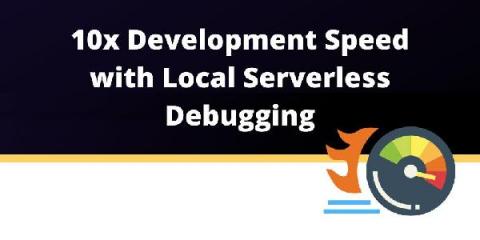Operations | Monitoring | ITSM | DevOps | Cloud
Latest News
8 Must-Know Tricks to Use S3 More Effectively in Python
AWS Simple Storage Service (S3) is by far the most popular service on AWS. The simplicity and scalability of S3 made it a go-to platform not only for storing objects, but also to host them as static websites, serve ML models, provide backup functionality, and so much more. It became the simplest solution for event-driven processing of images, video, and audio files, and even matured to a de-facto replacement of Hadoop for big data processing.
Application view for Azure Serverless Integrations
Application view for Microsoft Azure Resources
Monitoring serverless applications with AWS CloudWatch alarms
Running any application in production assumes reliable monitoring to be in place and serverless applications are no exception. As modern cloud applications get more and more distributed and complex, the challenge of monitoring availability, performance, and cost get increasingly difficult. Unfortunately there isn’t much offered right out of the box from cloud providers.
Deploying Rails to AWS Lambda
Lambda is an excellent option for deploying lower-traffic web services when you don't want to maintain another server and you want easy access to all of AWS's other services. In this article, Godwin Ekuma shows us step-by-step how to deploy our Rails apps to AWS Lambda.
BizTalk Migrator: What is new and what is coming (June 2021 Edition)
10x development speed with local serverless debugging
In this article you’ll find out how to 10x your development speed with local serverless debugging. Questions such as “what happens when you scale your application into millions of requests?”, “what to expect when going serverless?”, “how does it look like?”, or “how is it to build applications on serverless and work locally?” will be addressed.
Can We Solve Serverless Cold Starts?
As everything good in life, serverless also comes with its downsides. One of them is the infamous “cold start”. In this article, we’ll cover what they are, what influences serverless startup latency, and how to mitigate its impacts in our applications.
Why You Should Stop Hoarding Metrics
Serverless lets you deploy applications far away in a data center of a cloud provider. This relieves you of the lion’s share of operational burdens. The more you buy into your cloud provider’s ecosystem, the less you have to do yourself: no more OS updates or database bugfix installations. But you still need to do some operation-related work on your own. For instance, monitoring your application to know what’s going on in that far away data center.










